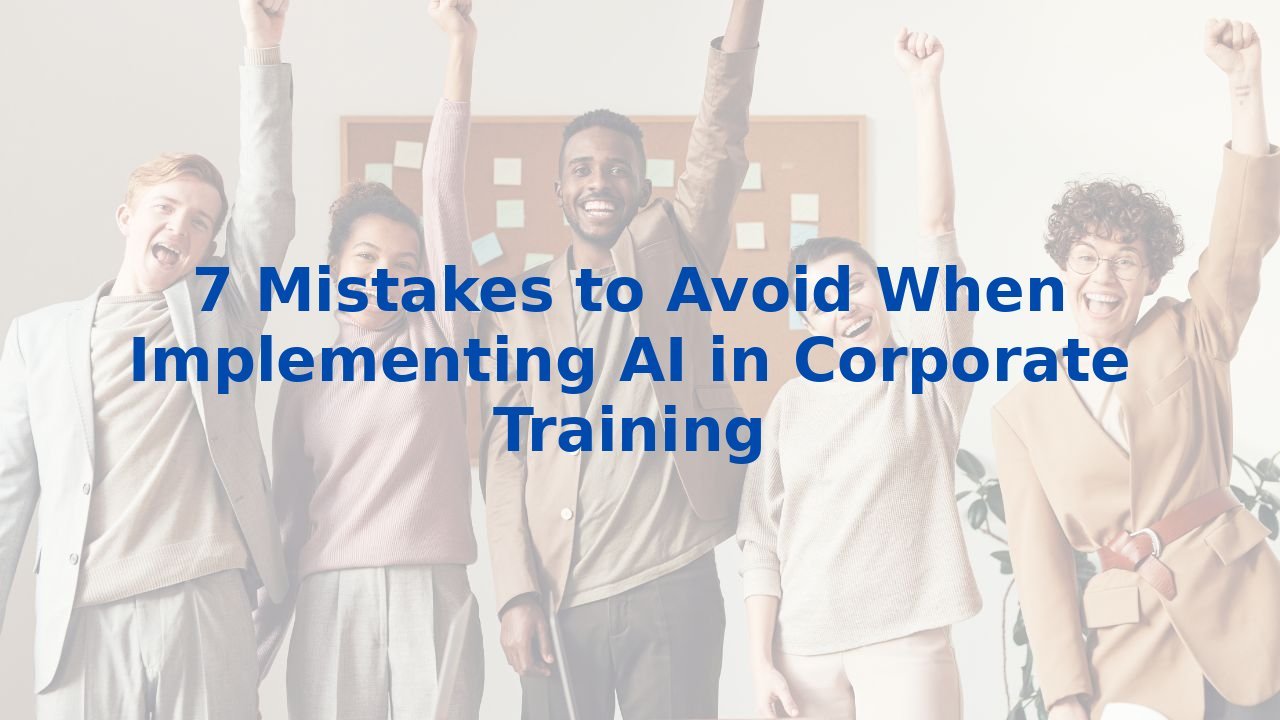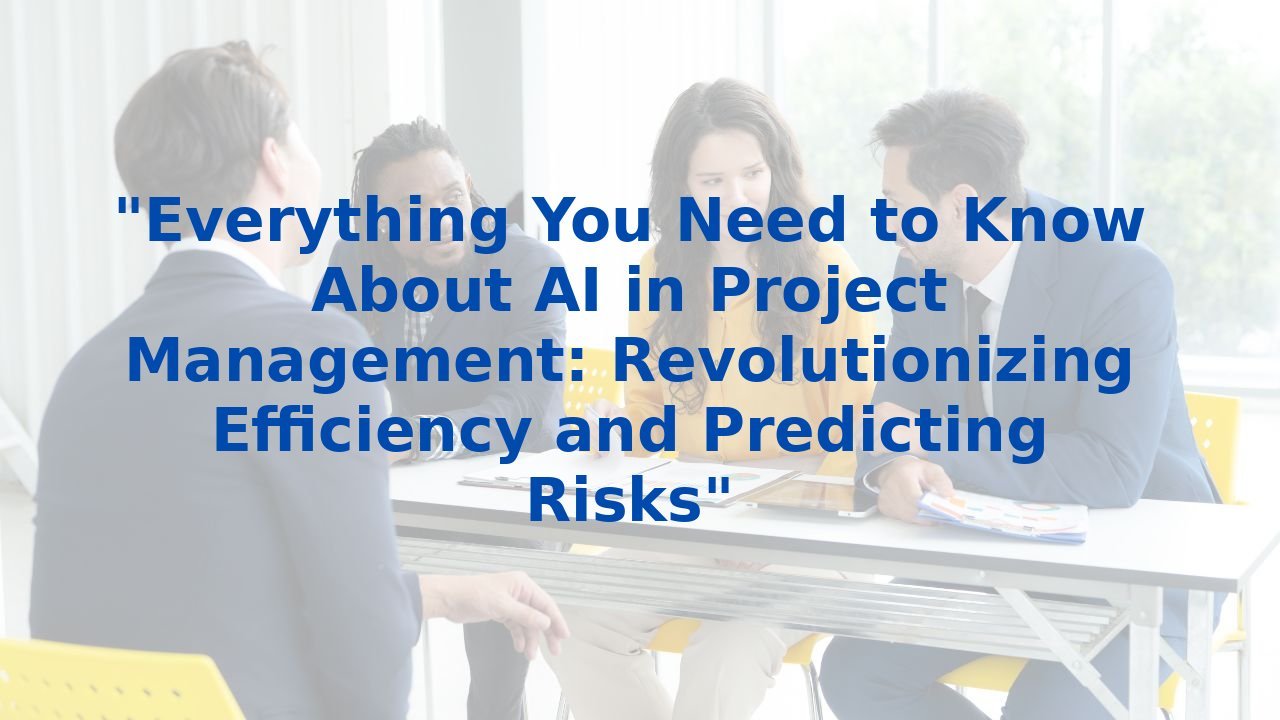7 Mistakes to Avoid When Implementing AI in Corporate Training
7 Mistakes to Avoid When Implementing AI in Corporate Training
Artificial Intelligence (AI) isn’t just a buzzword anymore; it’s a paradigm shift that has the potential to redefine corporate training. With its ability to personalize learning experiences and streamline training processes, AI can bring immense efficiency to your organization. However, harnessing AI effectively requires careful navigation to avoid common pitfalls. Below, we explore seven mistakes to steer clear of when implementing AI in corporate training.
1. Lack of Clear Objectives
One of the paramount mistakes in any training initiative is the absence of defined goals. If you don't know what you’re aiming for, your AI-driven training program may drift aimlessly, lacking focus and direction. Establishing measurable objectives is crucial for guiding the AI’s content recommendations and ensuring that learning outcomes align with organizational needs. By clarifying these objectives, you can effectively empower employees to acquire skills that propel your business forward.
2. Insufficient Human Oversight
While AI can handle a wealth of tasks, it cannot—and should not—replace human expertise entirely. Relying solely on AI can lead to inaccuracies in content production and feedback mechanisms. Every AI-generated output should undergo human review to ensure the material is not only accurate but also relevant and aligned with the organization’s goals. By maintaining that human touch, you cultivate trust and ensure employees engage constructively with the material.
3. Poor Data Quality
The phrase "garbage in, garbage out" rings particularly true when it comes to AI training programs. High-quality data is essential for effective AI learning models. If the data inputted is biased or inaccurate, it compels the AI to produce flawed training recommendations. Invest time in sourcing, vetting, and continually updating your data to cultivate an effective learning environment. Quality data sets are the foundation for robust training programs.
4. Inadequate Training for Employees
Integrating AI doesn’t automatically guarantee that your employees will know how to leverage these tools effectively. Conduct thorough training on how to interact with AI systems, interpret their feedback, and troubleshoot common issues. Empowers employees enhance their performance and ultimately contribute more effectively to organizational goals. A well-prepared workforce is key to unlocking the full potential of AI-driven training.
5. Lack of Continuous Evaluation
AI is not a set-it-and-forget-it solution. Regular evaluation of AI-driven training tools is essential to gauge their impact and efficacy. Establish a feedback loop where employees can share their experiences with the AI systems. Based on this feedback, you can make necessary adjustments to ensure ongoing improvement. Continuous evaluation keeps training dynamic and responsive to both employee needs and organizational objectives.
6. Overlooking Personalized Learning
AI’s strength lies in its capability to offer personalized learning experiences. However, failing to implement this aspect can diminish its potential benefits. Tailoring content based on individual employee profiles boosts engagement and enhances retention. By leveraging AI to understand employee preferences and learning styles, organizations can create tailored pathways that resonate more deeply, leading to better skill acquisition and job performance.
7. Neglecting Employee Feedback
Your workforce is the primary user of the AI training tools, so their perspective is invaluable. Neglecting to solicit employee feedback can create a disconnect between the training provided and the actual needs of your team. Create a culture that encourages open discussions about the training program, insights gained, and areas for improvement. This ongoing dialogue enriches the training experience and fosters a sense of ownership among employees.
Conclusion
Integrating AI into corporate training can significantly elevate organizational efficiency and enhance employee skills. However, success in this endeavor requires avoiding common pitfalls such as a lack of clear objectives, insufficient oversight, poor data quality, inadequate training, lack of continuous evaluation, neglecting personalized learning, and failing to embrace employee feedback. By approaching AI implementation with thoughtful consideration and strategic planning, you can unlock transformative potential and create a learning environment that drives sustained business growth.
Ready to elevate your corporate training with AI? Explore comprehensive training resources that offer customized solutions designed to meet the needs of your entire workforce. Check out the Complete AI Training homepage to see what training programs can empower your team for the future.



